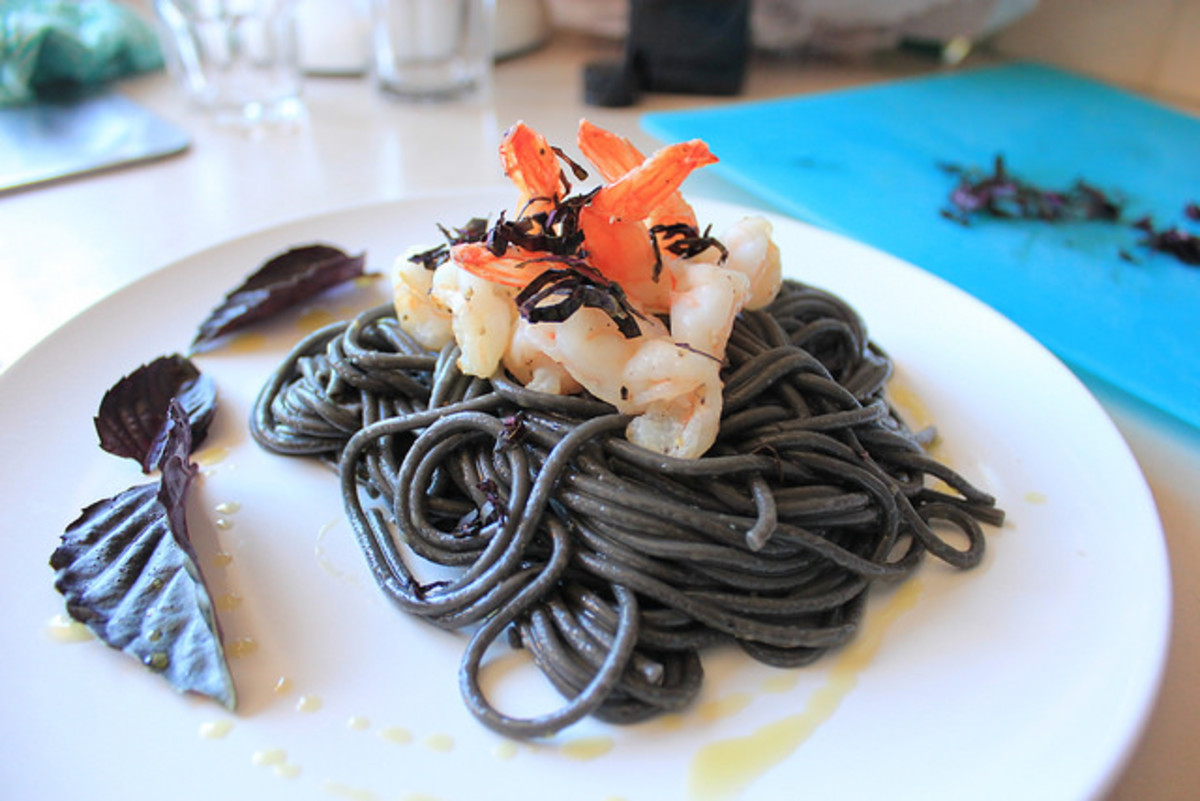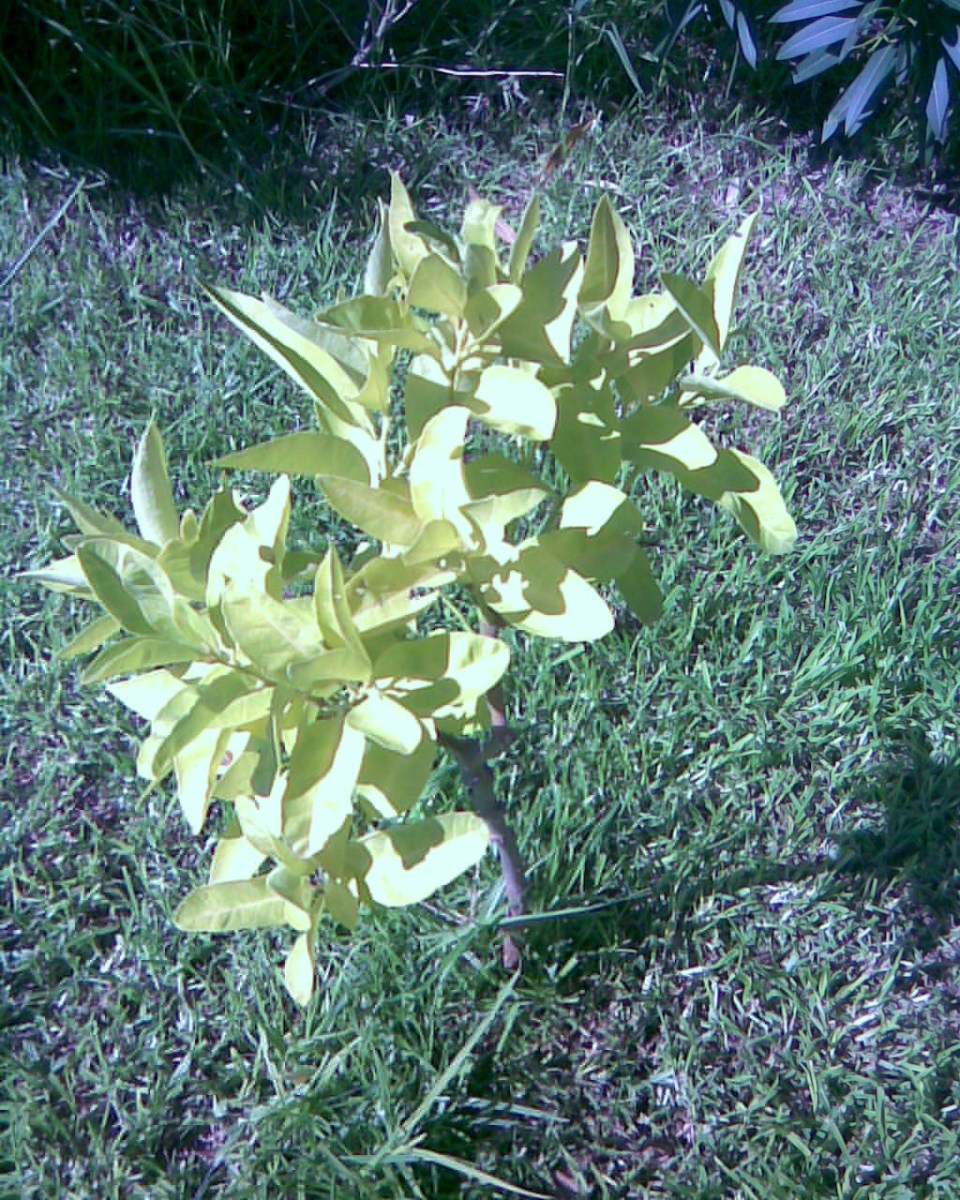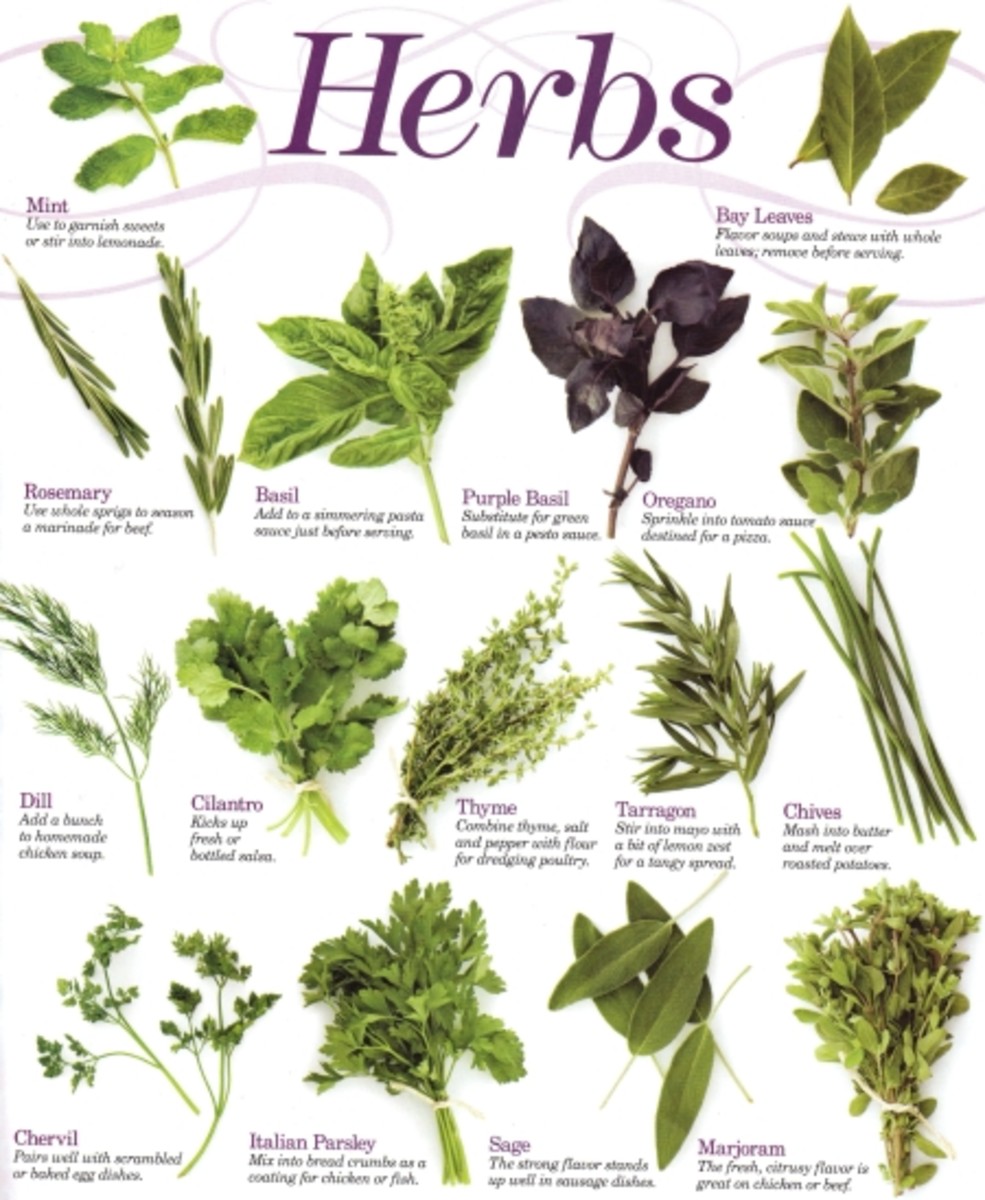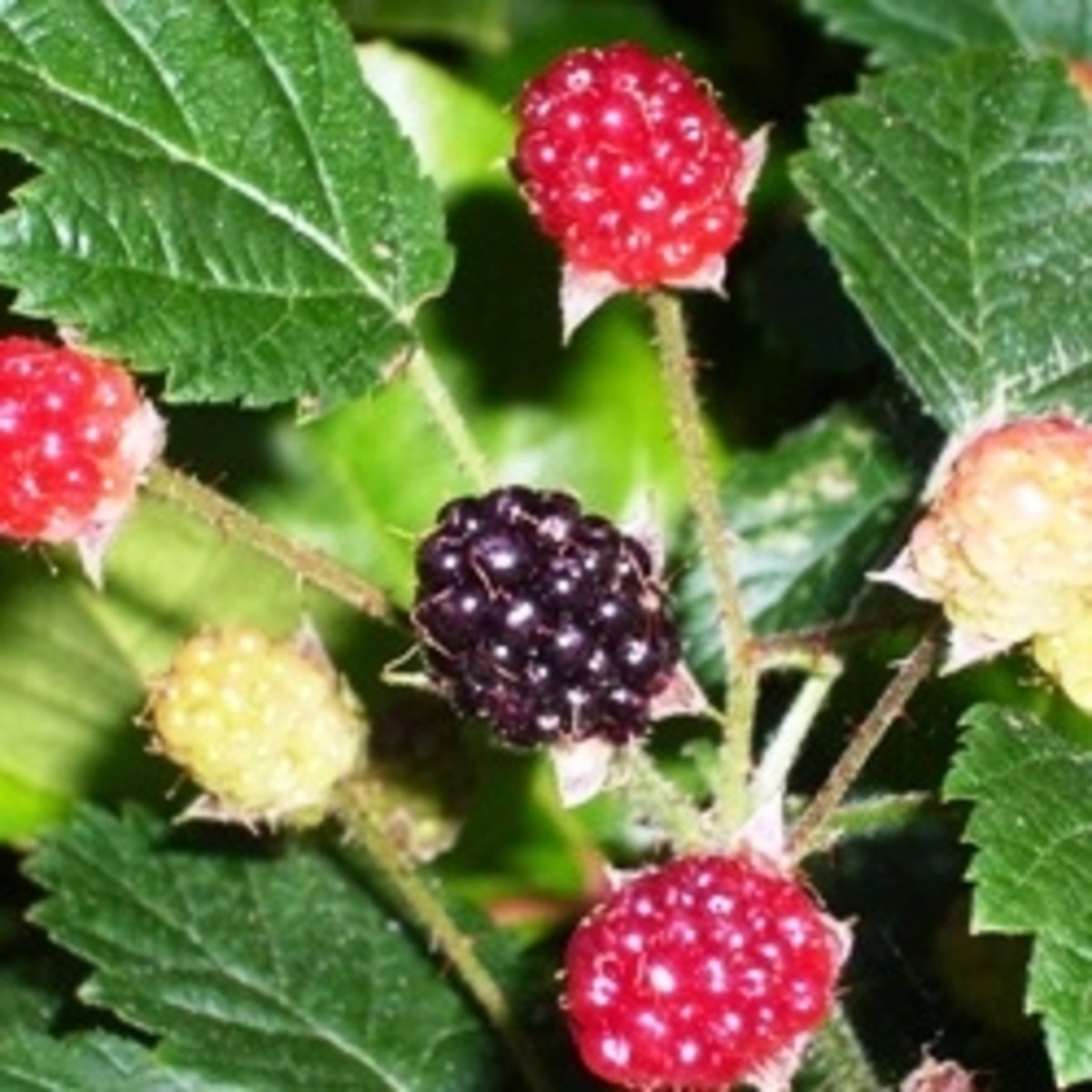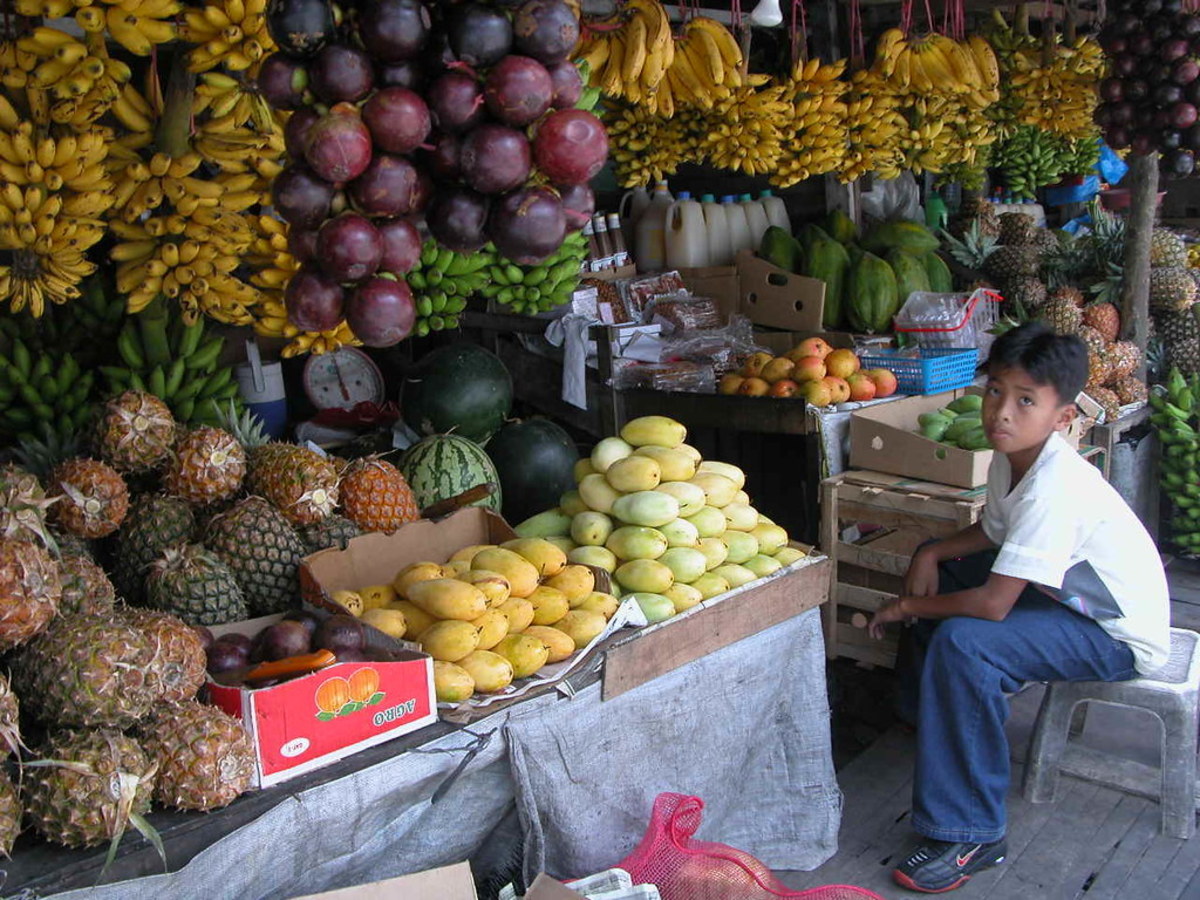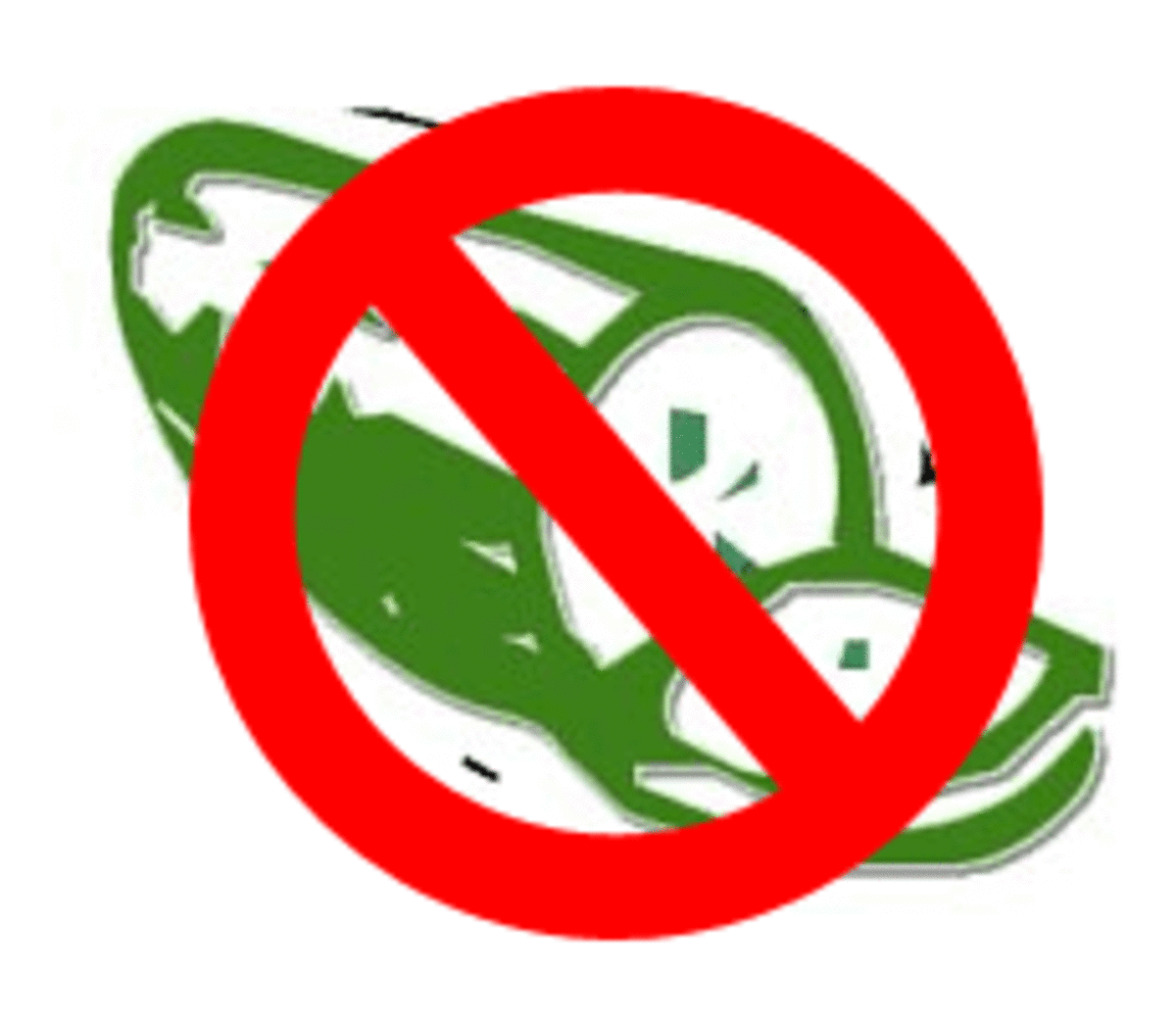The Meyer Lemon
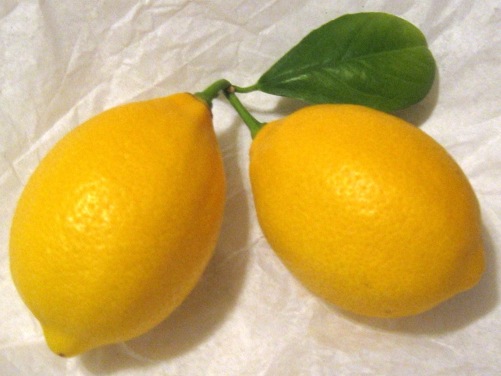
Comparing a Meyer lemon to the lemons typically sold in supermarkets is a bit like comparing an apple to a bunch of oranges. Everything is different: the taste, the color, the shape — even the thickness of the skin.
Conventional grocery store lemons are typically a variety
called the Eureka lemon. These lemons have thick, dimpled rinds, very
tart juice and a distinctly pointed end. They taste the way most of us
expect a lemon to taste: sour and acidic.
Meyer lemons are milder, sweeter, rounder and more fragile. While the tough, firm skins of the Eureka make it a good commercial fruit, a ripe Meyer lemon has a soft, thin rind. A Meyer lemon will split open after falling to the ground, and the lemons are easy to smush and crush.
As with anything rare and delicate, Meyer lemons are highly sought after. They are worth effort of finding — not for their cachet, but for their their unique flavor.
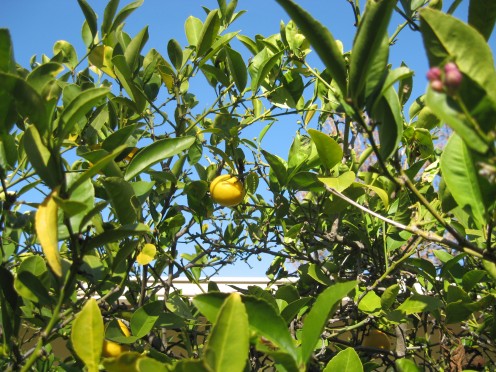
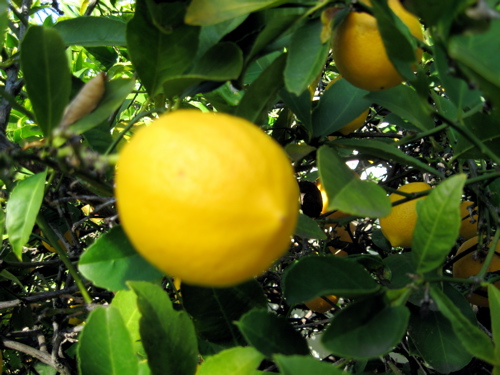
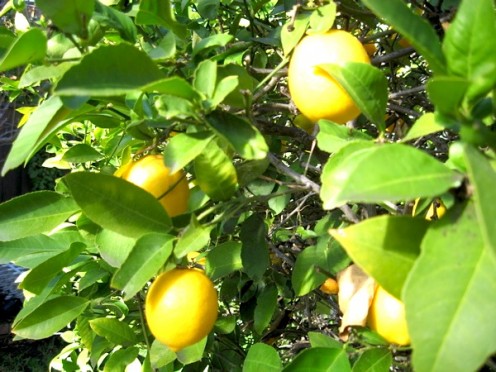
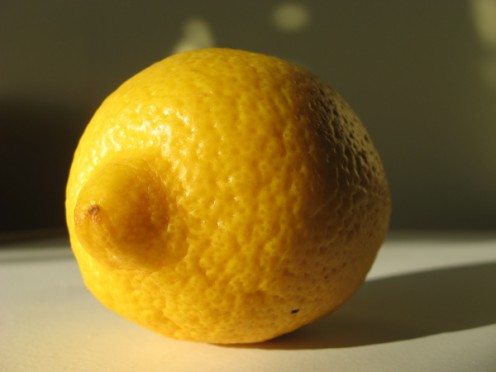
LEMON POLL
Which kind of lemon do you prefer?
TASTE
It would be impossible to call a lemon sweet and have it
still be a lemon, but the Meyer lemon comes close. Its sourness isn't
overpowering. The juice tastes more like a mild stew of citrus blossoms
than like a mixture made of liquid acid.
HISTORY
The Meyer lemon's American history began in 1908, when the first tree was brought here from China, according to the UC Riverside Citrus Variety Collection. A variety called the
Improved Meyer Lemon was introduced half a century later after the
original Meyer lemon was found to be spreading disease to other citrus
plants.
AVAILABILITY
Meyer lemons are a common backyard tree in California, but they have traditionally been hard to find in many parts of the United States.
SEASONALITY
In parts of California, a Meyer lemon tree will produce lemons
throughout the year. In cold weather areas, Meyer lemons can be grown
in pots indoors, but with varying degrees of success.
BLOSSOMS
The buds of the Meyer lemon flower are a pink magenta color. The flowers open up as white blossoms and have a strong, sweet citrus scent. The blossoms are edible.
A flowering lemon tree is a major attraction for bees.
MEYER LEMONADE
For those who have grown up with conventional lemons and lemonade mixes, the juice of a fresh-squeezed Meyer lemon will have an unfamiliar flavor. While still sour, Meyer lemons have less acidic bite to them than conventional lemons. Squeeze a dash of Meyer lemon juice into a glass of ice water, and the sugar is almost optional.
ZEST
The soft, thin skin of the Meyer lemon makes it difficult to grate with a lemon zester. Compared with a conventional lemon, Meyer lemon zest will be juicier and pulpier.
COOKING WITH MEYER LEMONS
The possibilities for using Meyer lemons are endless, but here are a few ways to put this mild citrus to good use:
- Squeeze a bit of lemon juice into strawberry sorbet for added punch
- Pour lemon juice over a fruit salad of to keep apples and pears from browning
- Mix lemon juice with powdered sugar to make cookie frosting
- Use lemon juice to flavor green beans
- Toss a salad in lemon juice and fresh herbs
- Grate lemon zest into pie dough, biscuits or cookies
LEMONY RECIPES
If you need even more ideas, have at a look at these suggestions for cooking with Meyer lemons from the Los Angeles Times:
- 100
things to do with a Meyer lemon: The suggestions range from making
lemon
curd to lemonade to using Meyer lemons to flavor zucchini.
MEYER LEMONS VS. CONVENTIONAL LEMONS
Meyer
| Conventional
| |
|---|---|---|
Shape
| more spherical
| teardrop shaped
|
Color
| deep yellow to orange
| bright, cool yellow
|
Texture
| smooth
| dimpled
|
Sheen
| matte
| waxier
|
Skin thickness
| thin and soft
| thick and tough
|
Taste
| sweeter, less acidic
| very tart
|
Shelf life
| not good
| good
|
Seeds
| full of seeds
| fewer seeds
|



